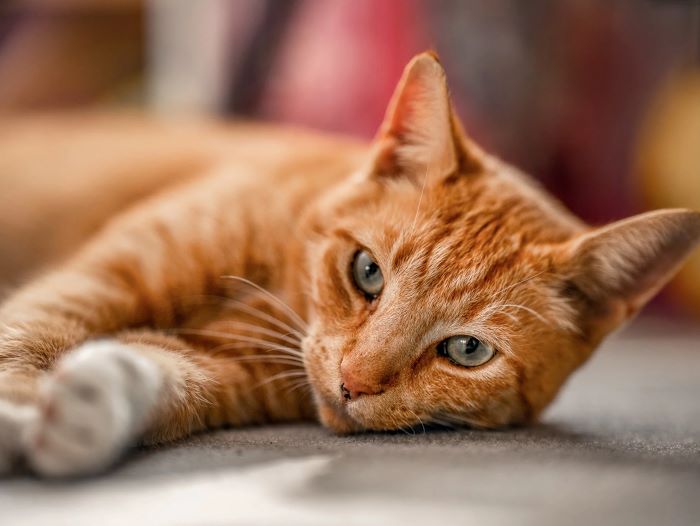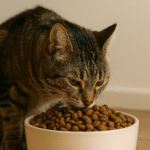Routine grooming is essential for maintaining healthy hair and skin in cats. Be sure to allot some time each day to this task.
Brushing
Whether your cat has short or long hair, brushing the coat thoroughly on a daily basis will aid in its appearance as well as promote healthy skin. It does this by:
- Removing telogen (dead) hairs from the coat, making way for new ones to grow in.
- Preventing tangles and mats
- Stimulating sebaceous gland activity, which keeps the skin moisturized and the hair- coat shiny. Brushing also helps to spread these oils across the entire skin and coat.
- Removing scale (excess keratin), which could lead to itching.
- Increasing owner awareness of the presence of external parasites or other skin-related problems.
Long-haired and/or thick-coated breeds require more diligent brushing than do shorter-coated cats. Minor shedding is normal year – round in all breeds. However, because the shedding cycle is stimulated by changes in day length, most will occur during the spring and fall months, when the days become longer and shorter, respectively.
Be sure to choose the right type of brush for your pet. In general, the wider the bristles or pins are placed on the brush, the longer the coat it is designed to be used on. Long-coated cats should be brushed using a wire-pin brush or comb. For shorthaired cats, a bristle-type brush or rubber curry comb will do the trick.
Most of these consist of a square head containing lots of tiny wire projections, and they can be used on almost any type of haircoat for removing shed hair and tangles.
Purchase of a comb is optional, unless you own a cat or one of the silky-fur breeds with a coat that might be too delicate for many standard brushes. Combs can also come in quite handy for removing tangles and mats when used in conjunction with scissors.
Like brushes, the teeth of combs are set at different widths apart for different types of coats: widely spaced for thicker coats and closely spaced for longer, silkier hair. Just keep in mind that using the wrong type of brush or comb can be painful to your pet and actually damage the haircoat. For this reason, choose grooming tools with care.
Always use firm, short strokes when brushing, never forcing the brush through the coat, brush with the grain of the hair. To help in the removal of shed hair, use towels or disposable gloves to buff the coat after brushing.
If you encounter a mat, don’t try to forcefully remove it with the brush. Instead, try to work it free with your fingers, using one hand to free the tangle and the other to stabilize the tuft of hair to keep it from pulling the skin. If the mat or tangle still can’t be freed, insert a comb between the mat and the skin surface; then take a pair of blunt-nosed scissors and snip as much of the mat off as you can between the comb and the free end of the hair.
Don’t worry about cosmetic appearances. It will grow back! Mats that are left in place can promote infection involving the skin beneath. And always remember: If you brush your pet as often as you should, you won’t have a problem with matting!



